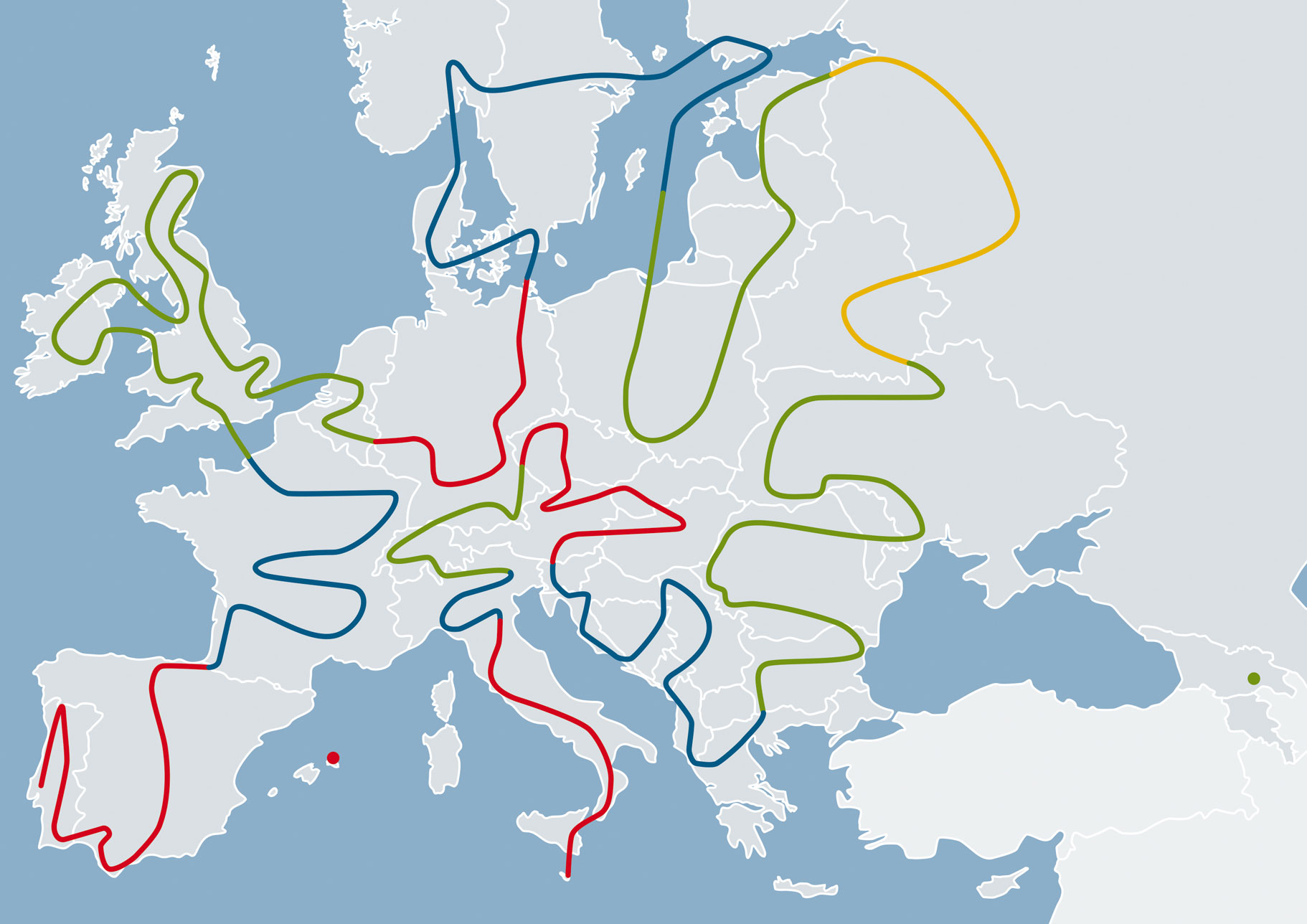
- Home
- Routes
- Adriatic
- Alpine
- Baltic
- Black Sea
- Emperor
- French
- German
- Grand Tour
- Iberia
- Nordic
- North Italian
- Visit Theatres / Channel Route
- Travel
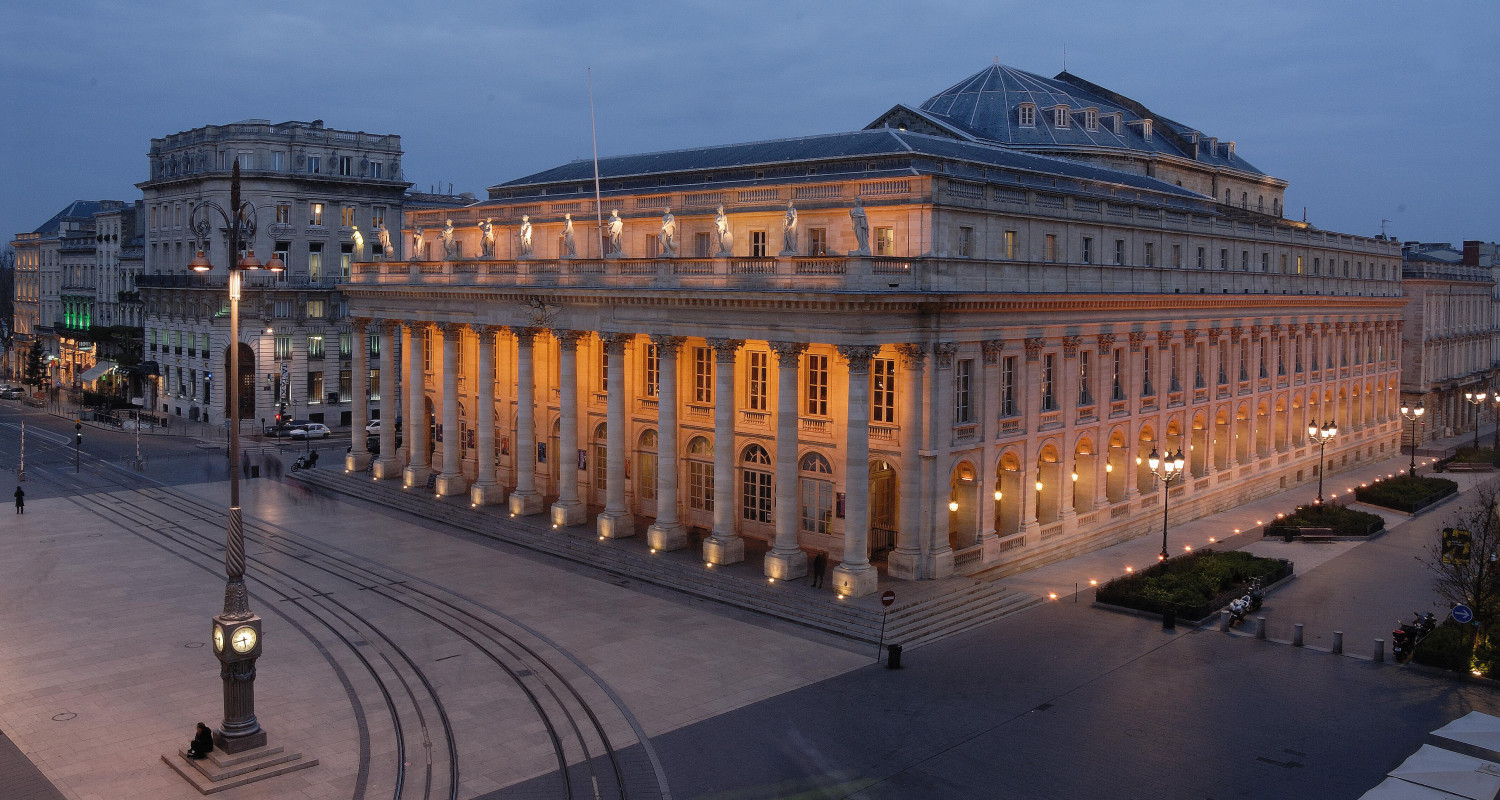
Opéra National de Bordeaux | France
French Route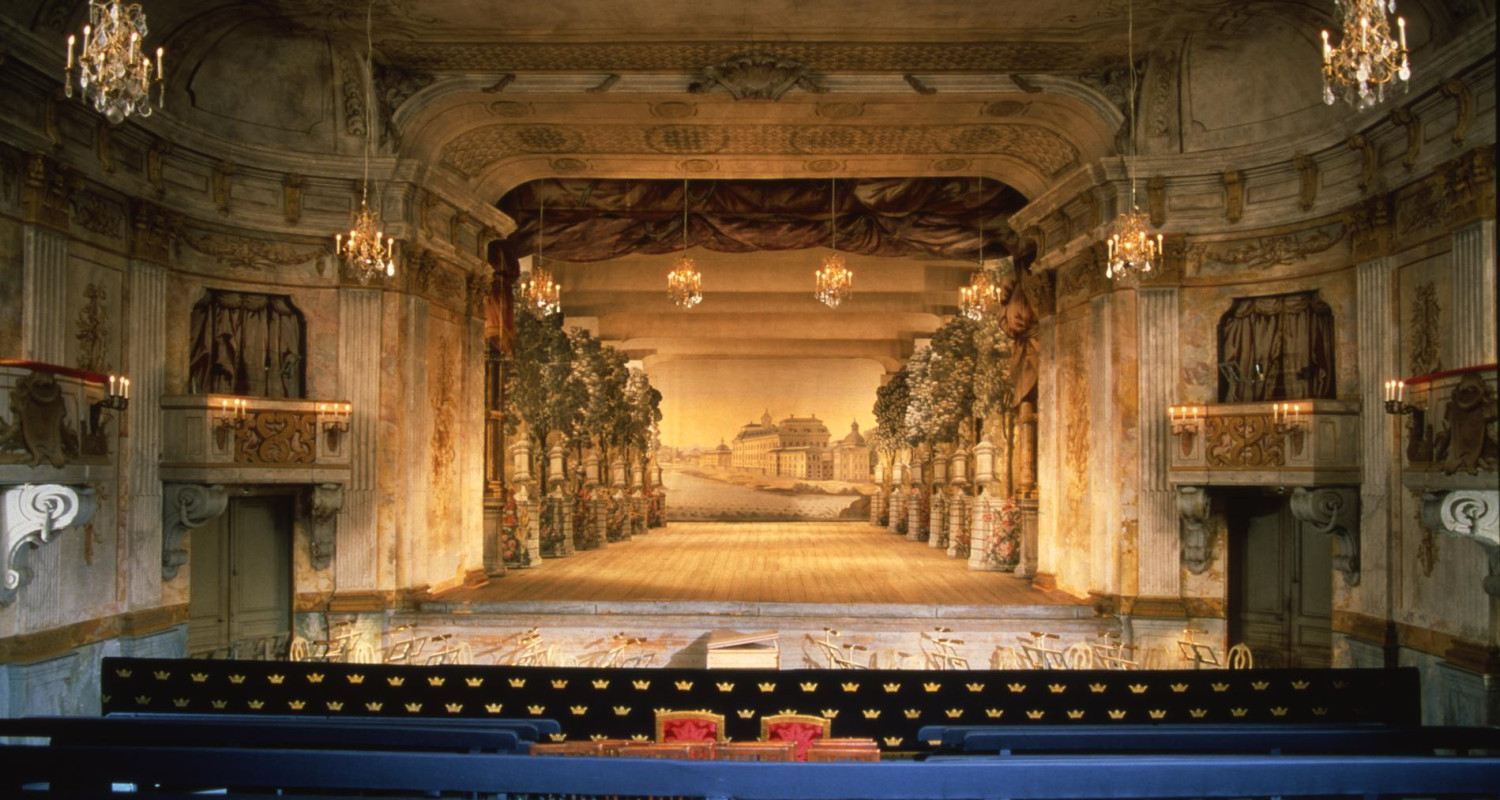
Drottningholms Slottsteater | Drottningholm, Sweden
Nordic Route
Teatrul Național "Vasile Alecsandri" | Iaşi, Romania
Black Sea Route
The European Route of Historic TheatresTheatre is everywhere in Europe. It is part of our civilization. But it is a fleeting art: the moment a performance is over, it continues to exist only in the memory of the spectator.
Nevertheless, there is one permanent expression of this art: the theatre buildings. Every theatre building tells us something about the time when it was built, the intentions of its builders, the relationship between audience and artists, the cooperation of the artists across all borders, and the change of times.
And there is also a European aspect to all theatres: the architectural form as we know it today was developed in Italy in the 17th century and subsequently spread all over Europe. The theatre therefore belongs to the very few truly European types of building.To make it easy for you to experience this very special European cultural heritage, selected historic theatres are being connected to form a European Route of Historic Theatres. It consists of various part routes, each combining about 10 theatres, offering a pleasant journey of about a week.
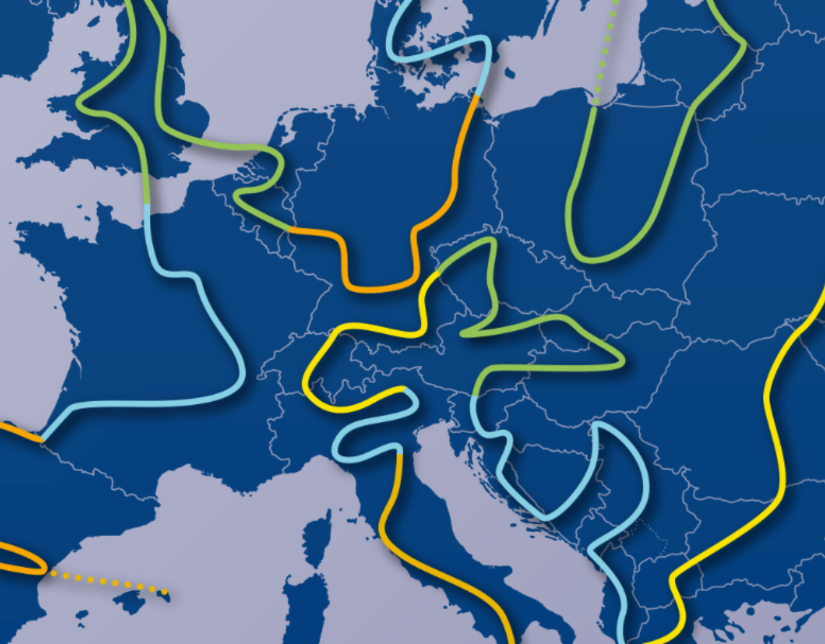
Routes
Have a look at all the routes of the European Route of Historic Theatres – and all 120 theatres.
more
Travel
Enjoy guided tours of the theatres and discover their cities. Here are suggestions for your journey.
more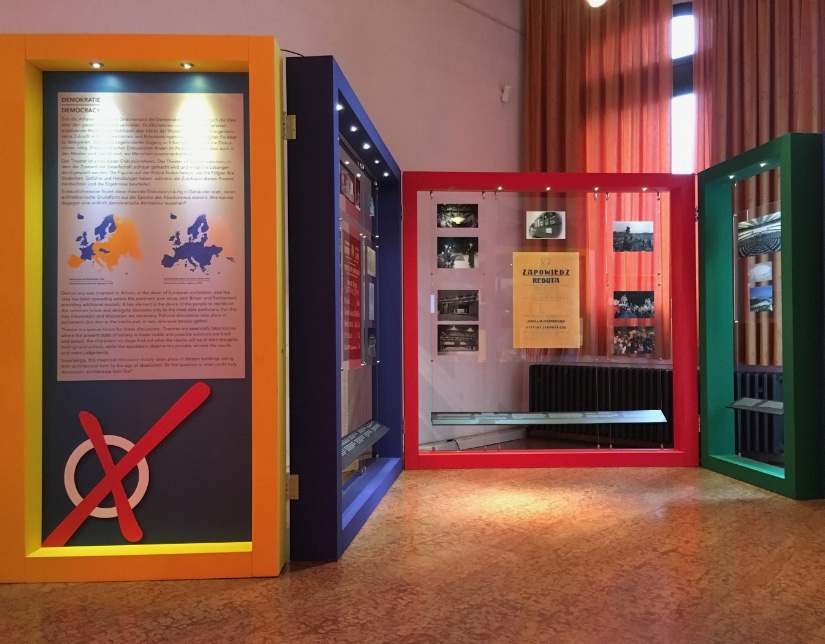
Exhibition
“The history of Europe – told by its theatres” is a touring exhibition, created by six theatre museums from six countries.
more
Database
There are still around 3000 historic theatres in Europe. Find out about them in our free online database.
more
Press
Journalists will find press releases and other information here. (under construction)
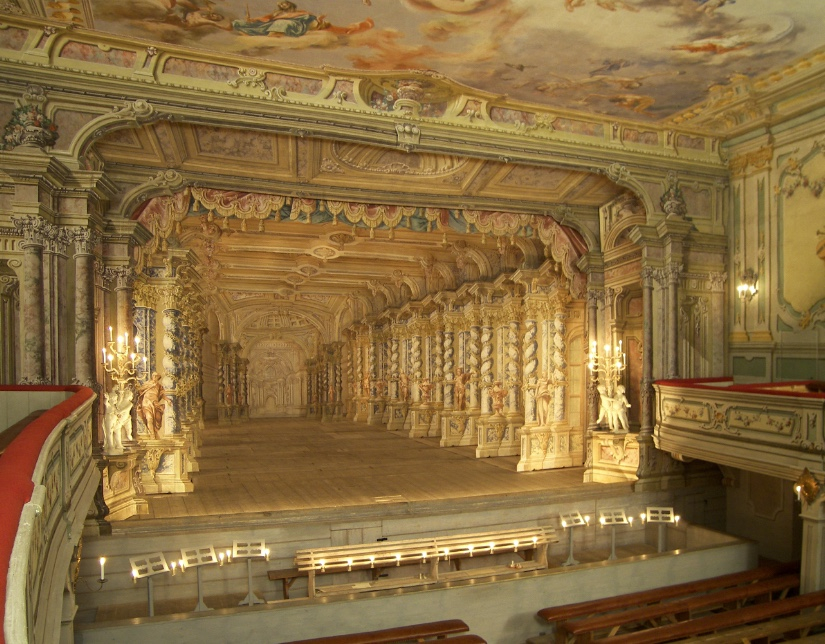
About Us
The European Route of Historic Theatres is a joint project of 16 partners in 12 countries.
more
Theatres Route MapThe map shows the individual routes of the European Route of Historic Theatres. Simply click on the route that you are interested in.
